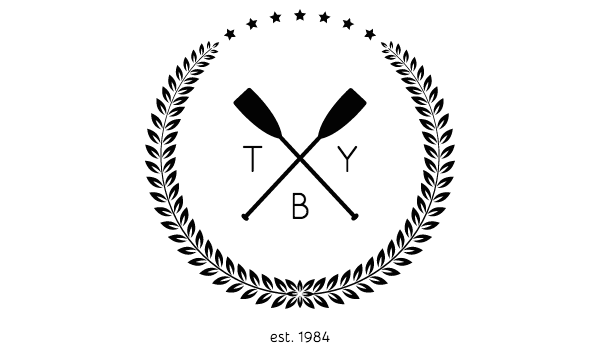At Urbanstat, our philosophy of risk analysis is all-embracing and rests on three complementary pillars each of which has its own upsides and downsides.
Statistical Modeling
Generally speaking, risk analysis has always been about deciphering statistical patterns. What has changed over time is the sophistication of the models employed. Simple linear models have been discarded in favor of ensemble models that combine different types of approaches and go beyond the traditional least square estimation techniques.
Hence, in some sense, the modeling community has embraced the values of the post-modern world where no approach is deemed to be inherently correct. Every approach has its own unique context-dependent set of advantages and disadvantages.
As Urbanstat, we use ensembles consisting of decision trees and neural networks to help insurers detect the high-risk customers. Since we only know the fate of the accepted policies, we can warn the underwriters only about risks that they are willing to accept but should not. In other words, statistical modeling cannot warn about false negatives, policies that are being rejected but should not. Despite this fact that we can only see one side of the moon, we can still create enormous value for our clients, helping them see the complex statistical patterns that go unnoticed.
Models are tailor-made for each of our clients. We clean and enrich the data sets, supervise the variable and model selection processes. We work closely with our clients to ensure that the resulting decision-making assistance suits their risk appetite.
Downsides:
- Cannot detect false negatives
- Cannot provide humanly comprehensible reasons for rejection
Upsides:
- Unlocks humanly incomprehensible complex patterns
- Improves continuously over time
Physical Modeling
Unlike most other types of risks, due to their mechanical physical nature, geographical risks can be gauged even in complete absence of past policy/claims data. In this sense, Urbanstat’s geographical focus has provided it an important fallback option when statistical analysis is not feasible.
Catastrophe modeling is hard because catastrophes are both complex and rare. We either import external models or develop our in-house ones if we believe that we can do a better job than the existing alternatives.
Our ultimate vision is to become completely model agnostic by establishing a marketplace where institutions (companies, universities etc.) can put up their catastrophe models for sale. After all, as in the ensemble approach to statistical modeling, conjunctional use of different physical models often improves the outcomes.
Downsides:
- Cannot be updated very frequently
- May have a high margin of error depending on the complexity of what is being modeled
Upsides:
- Can help the underwriter even in complete absence of past policies/claims within the region concerned
- Helps build further human intuition via visual layers
Human Intelligence & Institutional Policies
Although there are talks of complete automation of underwriting services, we believe that it will not happen anytime soon. Machine intelligence and human intelligence work in different ways and each have their own advantages. That is why the hybrid approach always performs better, even in very well-defined contexts like chess games.
Moreover, one should never forget that it is the humans that provide the data sets that machine learning algorithms get trained on. Hence there is always a continuous need for human inputs.
In Urbanstat, we allow underwriters to easily draw authorization regions and add flexible if-then rules on these regions. Through this general mechanism, they can incorporate into their risk analysis framework all the institutional policies and individual insights.
Downsides:
- Subject to human and organizational biases
- Can get complex to manage and monitor as the underwriter team scales
Upsides:
- Adds anticipative power to the whole framework
- Improves statistical models that feed on human decisions

